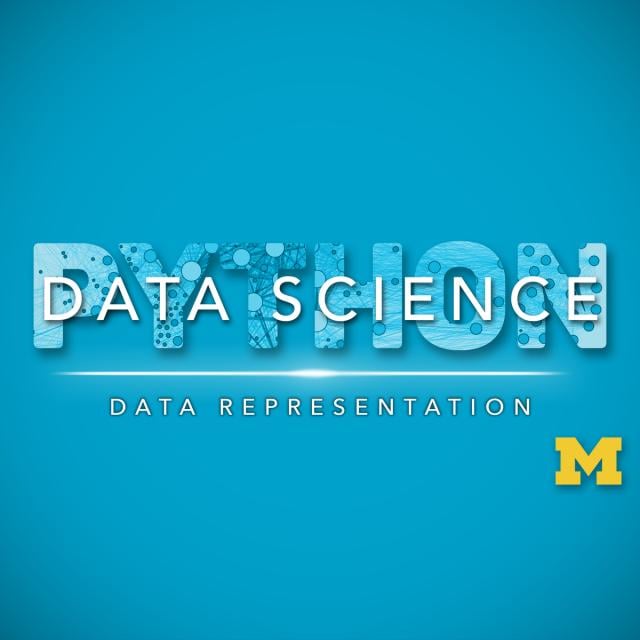MOOC List is learner-supported. When you buy through links on our site, we may earn an affiliate commission.

MOOC List is learner-supported. When you buy through links on our site, we may earn an affiliate commission.
The third week will describe the gamut of functionality available in matplotlib, and demonstrate a variety of basic statistical charts helping learners to identify when a particular method is good for a particular problem. The course will end with a discussion of other forms of structuring and visualizing data.
This course should be taken after Introduction to Data Science in Python and before the remainder of the Applied Data Science with Python courses: Applied Machine Learning in Python, Applied Text Mining in Python, and Applied Social Network Analysis in Python.
What You Will Learn
- Describe what makes a good or bad visualization
- Understand best practices for creating basic charts
- Identify the functions that are best for particular problems
- Create a visualization using matplotlb
Course 2 of 5 in the Applied Data Science with Python Specialization.
Syllabus
WEEK 1
Principles of Information Visualization
In this module, you will get an introduction to principles of information visualization. We will be introduced to tools for thinking about design and graphical heuristics for thinking about creating effective visualizations. All of the course information on grading, prerequisites, and expectations are on the course syllabus, which is included in this module.
WEEK 2
Basic Charting
In this module, you will delve into basic charting. For this week’s assignment, you will work with real world CSV weather data. You will manipulate the data to display the minimum and maximum temperature for a range of dates and demonstrate that you know how to create a line graph using matplotlib. Additionally, you will demonstrate the procedure of composite charts, by overlaying a scatter plot of record breaking data for a given year.
WEEK 3
Charting Fundamentals
In this module you will explore charting fundamentals. For this week’s assignment you will work to implement a new visualization technique based on academic research. This assignment is flexible and you can address it using a variety of difficulties - from an easy static image to an interactive chart where users can set ranges of values to be used.
WEEK 4
Applied Visualizations
In this module, then everything starts to come together. Your final assignment is entitled “Becoming a Data Scientist.” This assignment requires that you identify at least two publicly accessible datasets from the same region that are consistent across a meaningful dimension. You will state a research question that can be answered using these data sets and then create a visual using matplotlib that addresses your stated research question. You will then be asked to justify how your visual addresses your research question.
MOOC List is learner-supported. When you buy through links on our site, we may earn an affiliate commission.
MOOC List is learner-supported. When you buy through links on our site, we may earn an affiliate commission.
